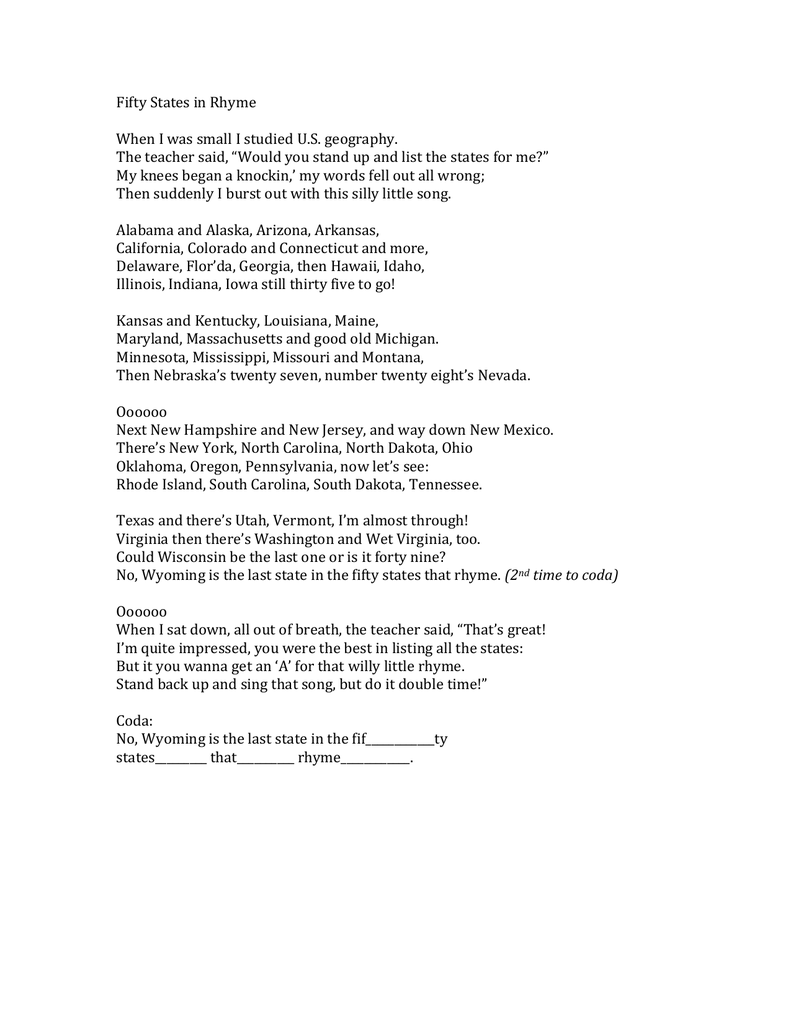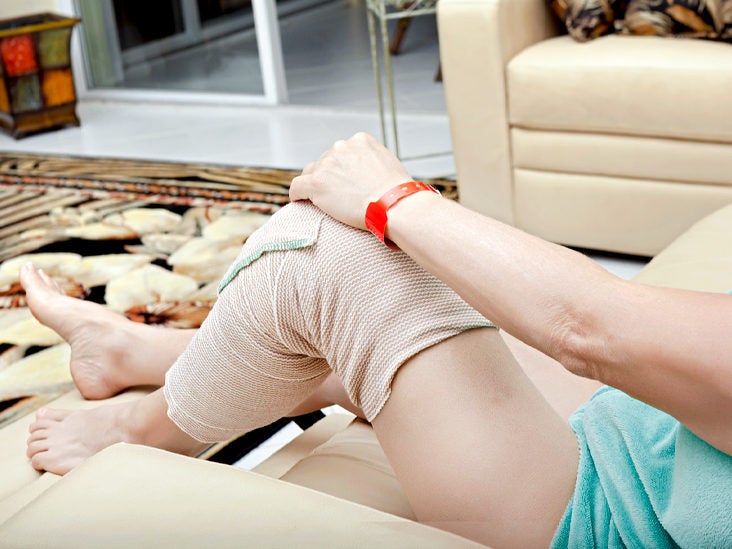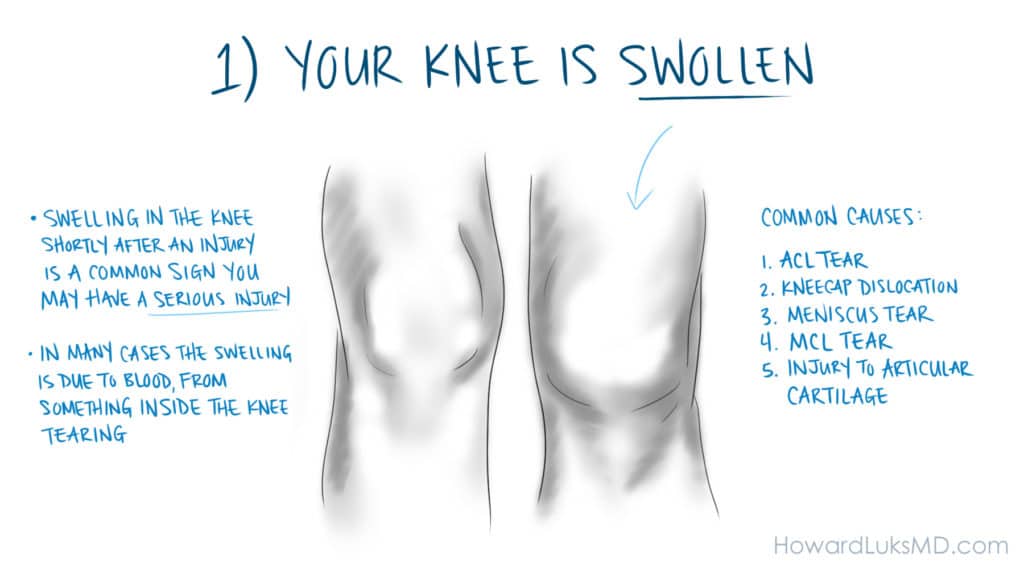

Simple faint from stress, pain, standing for too long, or standing up too quickly and now feel fine.Simple faint has happened more than 2 times.You think you need to be seen, but the problem is not urgent.Fainted and now feel fine (you do not need to call if you know it was a "simple faint").You think you need to be seen, and the problem is urgent.You think you have a life-threatening emergency.Have had heart problems or heart failure.Any bleeding (vomiting blood, blood in stool, or vaginal bleeding).Heart beat is very slow (less than 60 beats per minute).Heart beat is not normal or is very fast.Still unconscious after 1 minute has passed.Feels less alert or unwell after fainting.Had a head or face injury from fainting.Also has chest pain, trouble breathing, palpitations, severe headache, or internal bleeding.These faints are most likely caused by stress rather than pain.Įach of these suggests that the fainting might be from a more serious cause. This can happen after getting an injection or having stitches taken out or blood drawn. Sudden physical pain before fainting: this is called vasovagal syncope.It can also happen while getting an injection or performing in public. It can happen after seeing a badly hurt person or pet. This can happen after seeing someone vomit, bleed, or pass a stool. Sudden fearful or disgusting event before fainting: this is called vasovagal syncope.Usually this just causes dizziness rather than fainting. This can happen to most people if they stand up too quickly after lying down. Standing up suddenly before fainting: this is called orthostatic syncope.It happens more often to people who keep their knees "locked." It is caused by blood pooling in the veins of the legs. It most often happens at church, graduations, weddings, school assemblies, and parades. Prolonged standing in one position before fainting: this is called orthostatic syncope.These last for 5-10 seconds before fainting. Others signs are feeling dizzy, cold, or warm. Some people are much more prone to having a simple faint than others.Ī person often has warning sign before a simple faint: these signs include pale skin, blurry eyesight, nausea, and sweating. Simple faints are also called vasovagal or vasomotor syncope.

About 80% of all faints are simple faints. They can be caused by stress, pain, standing for a long time, or standing up too quickly. Heart beat is irregular, too fast, or too slow.The person may feel weak or tired for a few minutes afterwards. After: the person usually wakes up in less than 1 minute.The person may slump over or fall to the ground. Signs may include feeling dizzy, sweating, nausea, or blurred vision. Before: sometimes there are warning signs for 10-15 seconds right before fainting.If the person does not wake up within 1 minute, it is not just a fainting spell. They should feel normal within 10 minutes after fainting. A person should wake up and be alert less than 1 minute after fainting.Other factors include hot weather, lack of sleep, recent illness, being pregnant, or a change in altitude. People who are mildly dehydrated or fasting may be more likely to faint.About 80% of all faints are simple faints and are not serious. The causes of fainting can be serious or not serious.

Fainting happens when there is short-term decrease in blood flow to the brain.It is also called syncope or "passing out".



 0 kommentar(er)
0 kommentar(er)
